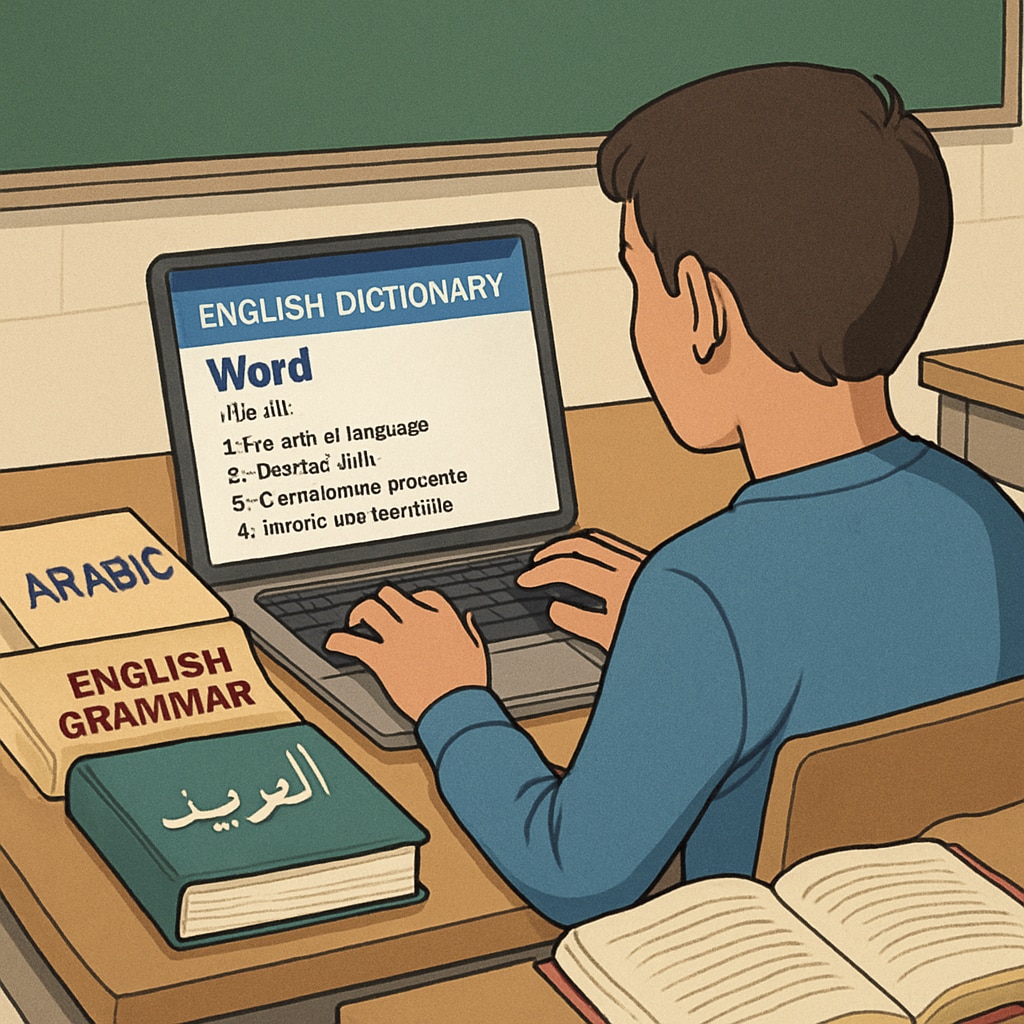Adapting to a completely new education system, such as transitioning from a native Arabic-language classroom to an all-English learning environment, poses unique challenges for high school students. This process is often a crucial step for students pursuing study abroad programs, requiring them to master language conversion while maintaining academic performance. In this article, we explore the hurdles encountered during this transition, its impact on learning, and practical strategies for smooth adaptation.
Challenges in Transitioning to an All-English Learning Environment
Switching educational environments involves more than just language conversion. Students face cultural differences, unfamiliar teaching methodologies, and a lack of confidence in their second-language proficiency. For example, high school students transitioning from Arabic-language settings may struggle with understanding complex academic terminology, which can hinder comprehension and performance.
Moreover, the shift frequently entails adapting to a different classroom dynamic. In Arabic-language education, teaching styles may emphasize rote memorization, while English-language systems often promote critical thinking and active participation. This adjustment can be overwhelming, as students must simultaneously adapt linguistically and culturally.

Building Confidence in Cross-Language Learning
Developing confidence is essential for successful adaptation. Students can benefit from language immersion programs before transitioning, where their listening, speaking, reading, and writing skills are strengthened in a supportive setting. Additionally, seeking help from peer study groups or language mentors can ease the transition and provide emotional and academic support.
Effective time management and resource utilization are also critical. Students can use bilingual dictionaries, academic apps, and online forums to bridge gaps in understanding. For example, tools like Duolingo and Britannica’s English resources offer interactive ways to boost language skills while learning academic content.

Practical Strategies for a Successful Transition
- Language Preparation: Enroll in intensive English courses or proficiency programs to strengthen foundational skills before starting the academic year.
- Classroom Participation: Actively engage in discussions to practice speaking and understanding academic English.
- Seek Support: Build a network of peers, mentors, and counselors to address challenges collaboratively.
- Cultural Adaptation: Research cultural norms and teaching methodologies to minimize surprises and encourage smoother integration.
- Academic Tools: Utilize translation apps, online study platforms, and educational videos to reinforce learning.
By implementing these strategies, students can gradually overcome language barriers and cultural differences, gaining confidence and competence in their new educational environment.
Long-Term Benefits of Language Adaptation
While challenging, the transition from a native-language classroom to an all-English learning environment offers many advantages. Students develop bilingual proficiency, which enhances career prospects and global mobility. They also gain critical thinking skills, cultural awareness, and adaptability—qualities highly valued in international education and professional settings.
Ultimately, the ability to navigate across language barriers equips students with the tools to thrive in diverse environments, fostering personal and academic growth.
Readability guidance: This article uses short paragraphs, lists, and clear headings to ensure accessibility. Transition words and examples are incorporated to guide readers smoothly through the text.


